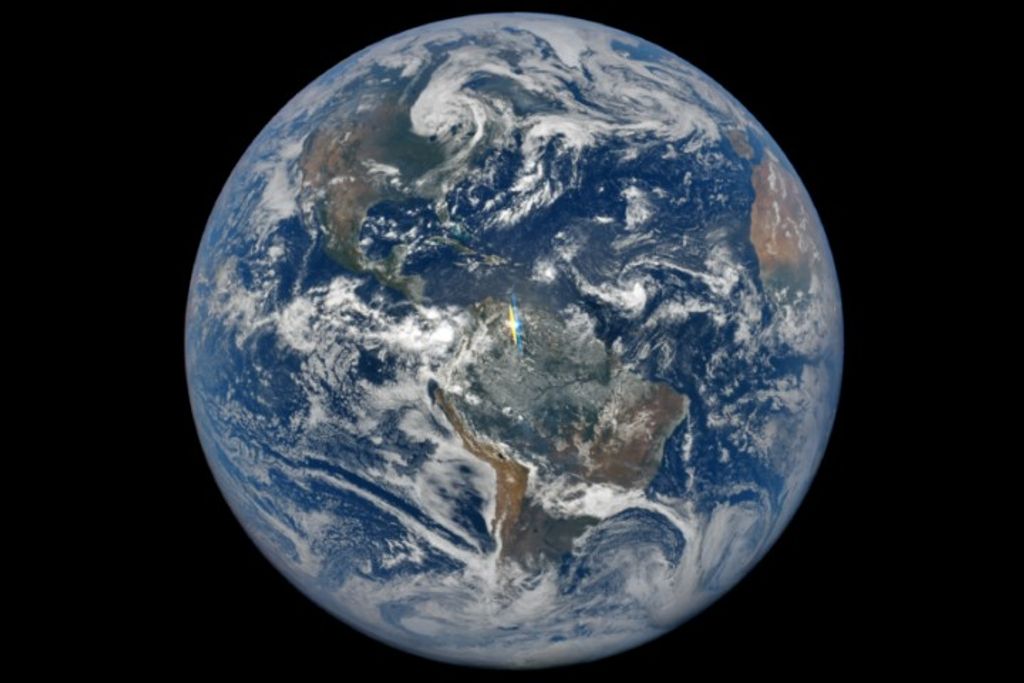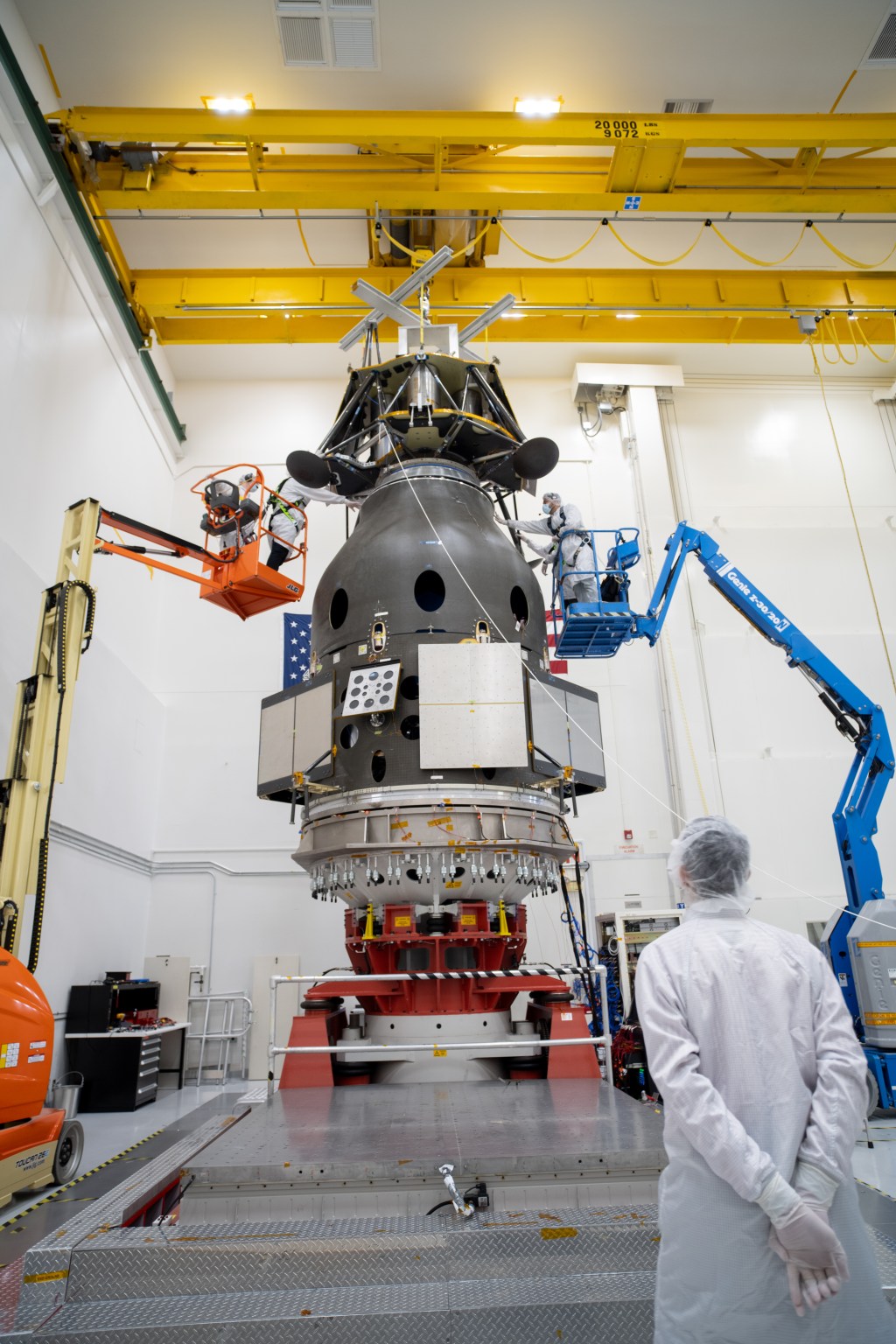NASA’s Psyche Mission Looking Into Propulsion System
Engineers with NASA’s Psyche mission are working to determine what caused a recent decrease in fuel pressure in the spacecraft’s propulsion system. The spacecraft relies on solar electric propulsion, a system that uses energy to generate power for four electric thrusters. The thrusters then propel the spacecraft by expelling charged atoms, or ions, of the neutral gas xenon.
Psyche began firing its thrusters in May 2024. On April 1, the spacecraft detected a pressure drop in the line that feeds the xenon gas to the thrusters, going from 36 pounds per square inch (psi) to about 26 psi. As designed, the orbiter powered off the thrusters in response to the decrease.
The mission team has chosen to defer thrusting while engineers work to understand the pressure decrease. The mission design supports a pause in thrusting until at least mid-June before the spacecraft would see an effect on its trajectory. The electric propulsion system has two identical fuel lines, and the team may decide to switch to the backup fuel line to resume thrusting.
Psyche launched from NASA’s Kennedy Space Center in Florida on Oct. 13, 2023, and is now about 148 million miles (238 million kilometers) from Earth. In spring 2026, the spacecraft’s trajectory will bring it back toward Mars so that it can use the planet’s gravity to slingshot toward the main asteroid belt between Mars and Jupiter. The probe will begin orbiting the asteroid Psyche in 2029.

























